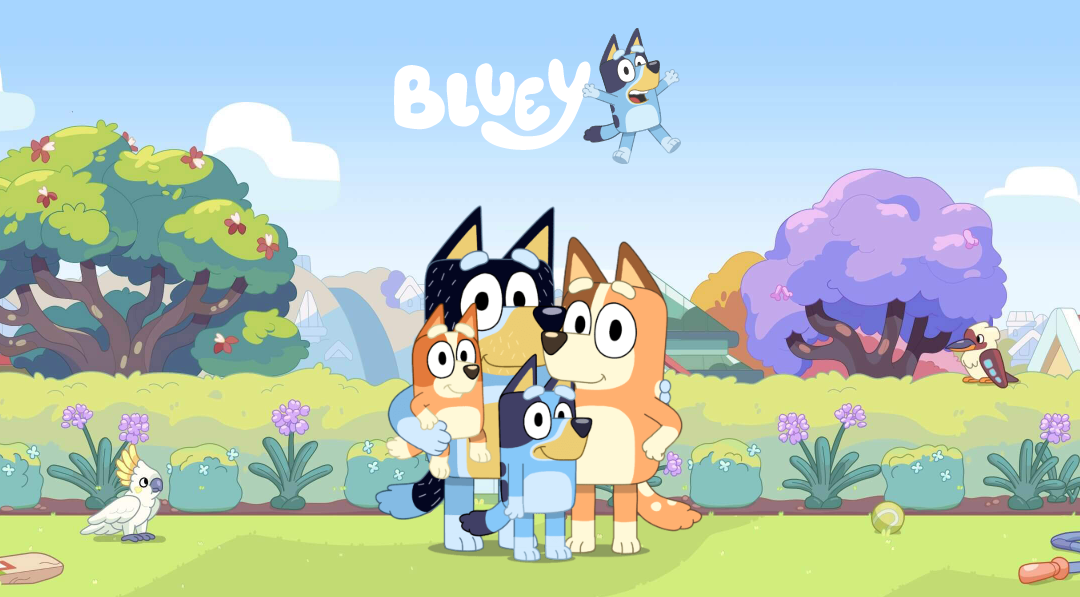There are many reasons to love Bluey. Even if you don’t have young kids, you should watch it.
It’s helping to shape the next generation.
My eldest son wanted to play ‘Lucky’s Dad’s Rules’ for pass the parcel at his birthday party, my youngest son does ‘tactical wees’ and we always make sure to mention the salads at BBQs.
One of the things I love the most about Bluey is its equal depiction of men and women, and I’m proud that my two boys (and 18month old daughter) are growing up learning from this program.
Children are impressionable and how women and men are depicted shapes their views of gender roles later in life.
The series is also making an impression on adults, which is why even if you don’t have kids you should watch at least a few episodes.
There is an equal split of domestic duties and child care responsibilities between the parents. Both parents are emotionally intelligent have meaningful careers which they negotiate with family life, play sport, have friends and hobbies, and are comfortable with imaginative play with their daughters.
But the depiction is subtle – and not overly ‘woke’ or tokenistic. Thus these gender depictions have much broader appeal, and are more effective in shaping our psyche.
Even more subtle – but worth calling out and celebrating – is how the female characters (who are dogs) are actually drawn. Both male and female characters look incredibly similar.
Compare this to the depictions of female animal characters in the cartoons many of us grew up with – the Lola Bunnies, the Daisy ducks, the Smurfettes, – and the difference can’t be unseen.
Not only were male characters over-represented and female characters sidelined (take Looney Tunes as an obvious example) but any female characters needed human anatomy (often overly sexualised features), as well as bows, lipstick, eye shadow and high heals in order for us to recognise they are female.
Male characters were predominately the funny ones. Narratively, most (if not all) of these cartoons would fail the #Bechdeltest.
Cartoons are a reflection of the time, and Bluey’s appeal with adults and children should give reason for celebrating the progress made in terms of gender equality.
Thanks Joe Brumm and the team from Ludo, for Bluey.
Are you a fan of Bluey? What are your thoughts on how gender is being depicted in cartoons? Comment below or connect with me to let me know your thoughts.
BLUEY™ and character logo™ and © Ludo Studio.

